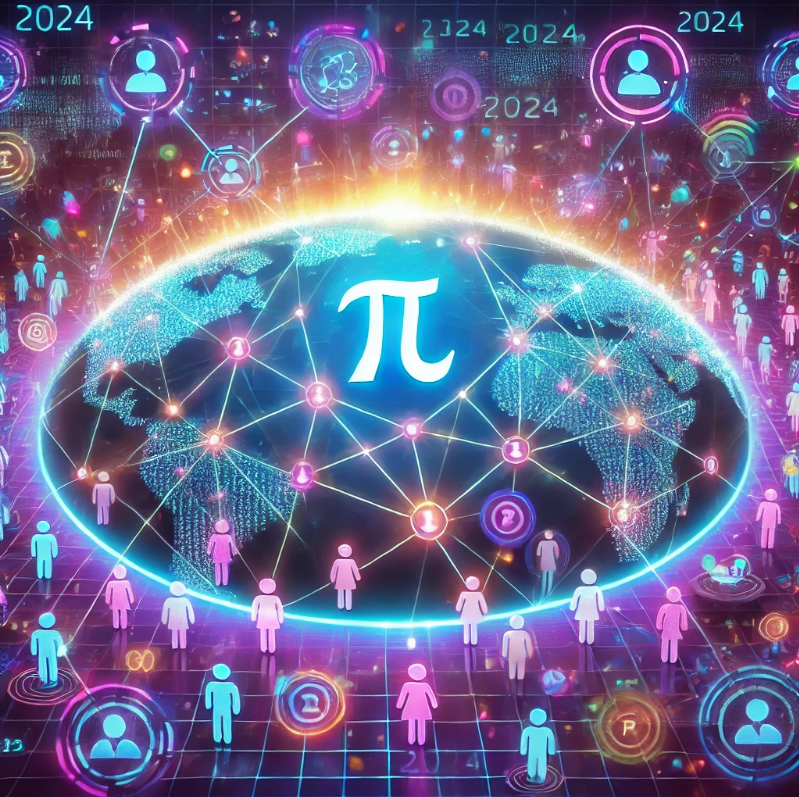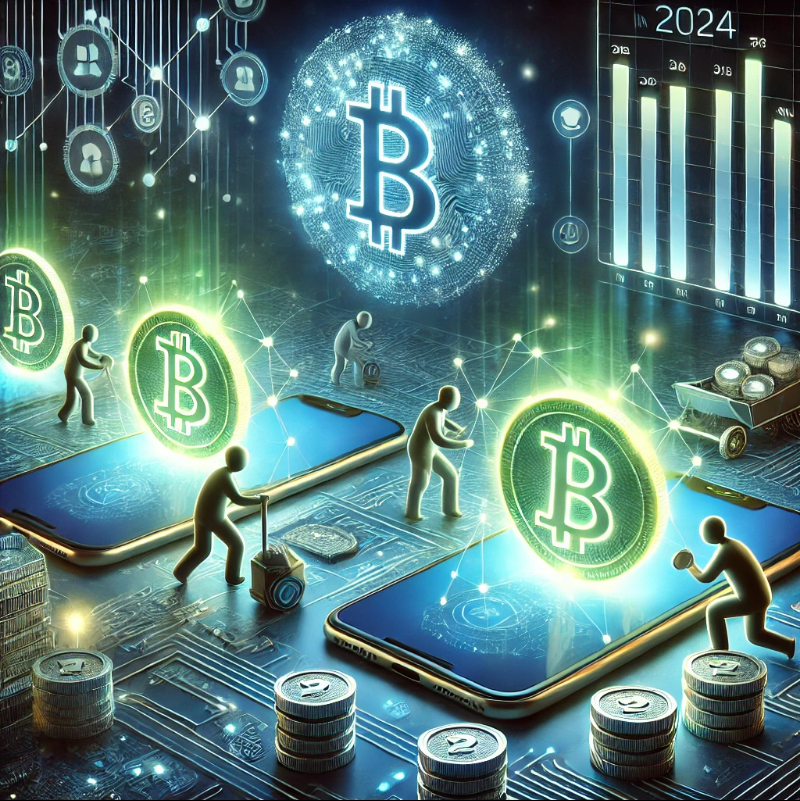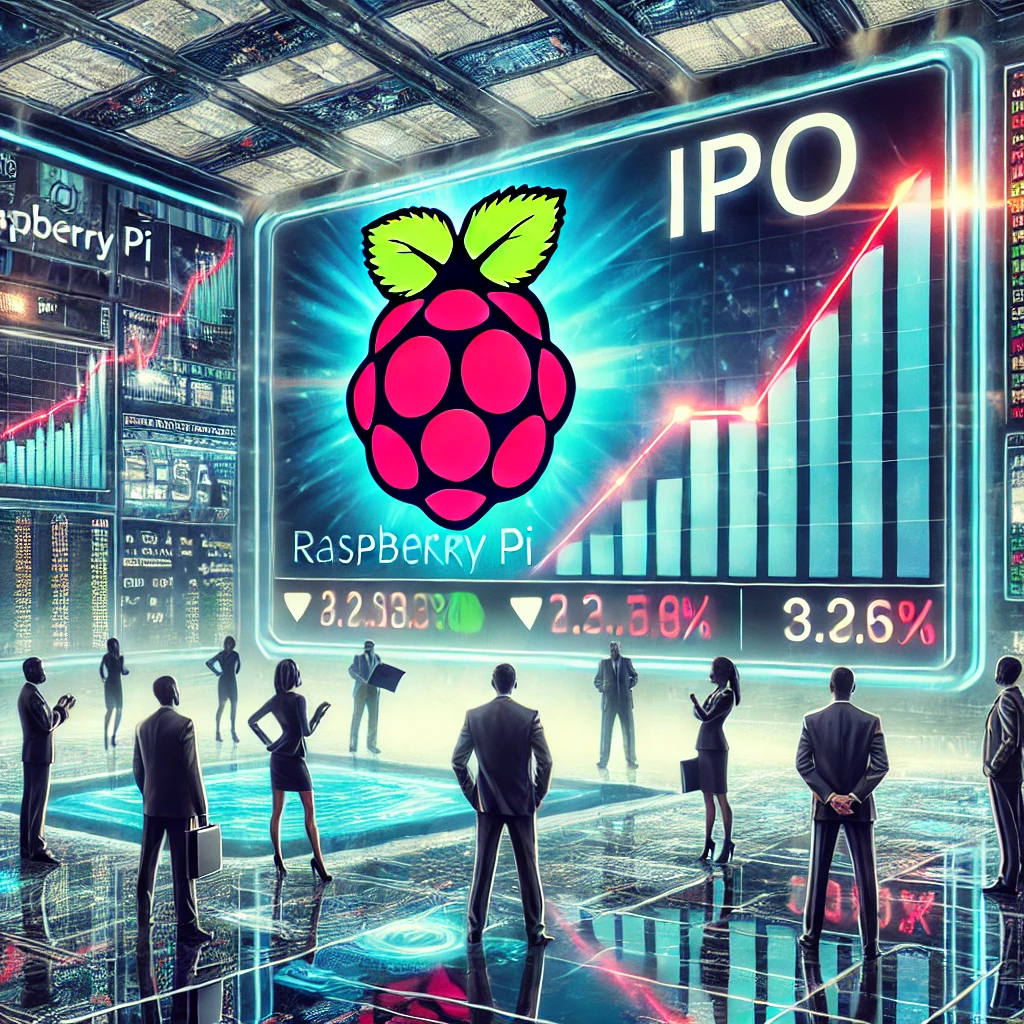Explore how Pi Network is driving decentralization and blockchain innovation in 2024. Learn about the growing ecosystem of decentralized apps (dApps) and how Pi coin will power the future of decentralized economies.
Decentralization and Innovation: Pi Network’s Future in 2024
In 2024, Pi Network is set to become a major player in the decentralized economy, with a focus on promoting innovation and widespread participation. With the upcoming Open Mainnet launch, Pi Network aims to create a decentralized ecosystem where users, developers, and businesses can collaborate to build decentralized apps (dApps) and services. This approach positions Pi Network as a key driver of blockchain innovation and decentralization.
Pi Network’s commitment to decentralization ensures that no single entity controls the platform, fostering a more democratic and secure environment. As the network grows, the role of its users becomes even more critical in maintaining the decentralized nature of the ecosystem. With over 100 decentralized apps expected to be available at the time of the Mainnet launch, Pi Network is laying the foundation for a robust and innovative blockchain landscape.
The Rise of Decentralized Apps (dApps)
One of the core components of Pi Network’s decentralized future is the development of decentralized applications (dApps). These dApps will provide a range of services, from financial tools to peer-to-peer marketplaces and social platforms. By enabling developers to create and deploy dApps on the Pi Network blockchain, the platform is fostering innovation and allowing users to engage in various decentralized activities.
These dApps will also offer real-world use cases for Pi coin, moving beyond speculative trading to provide practical applications in everyday life. From online shopping to decentralized finance (DeFi) services, Pi Network’s dApps are expected to play a major role in driving the adoption of Pi coin and blockchain technology.
Pi Coin: A Decentralized Currency
As Pi Network’s ecosystem expands, the role of Pi coin as a decentralized currency will become more prominent. Unlike many other cryptocurrencies that are primarily used for speculative purposes, Pi coin is designed to be used for real-world transactions within the Pi Network ecosystem. Whether it’s for payments, trading, or interacting with decentralized apps, Pi coin will serve as the primary means of exchange in the network’s decentralized economy.
By providing a currency that has real utility, Pi Network is positioning itself as a leader in the next generation of blockchain technology. The decentralized nature of Pi coin ensures that it remains accessible and useful to a wide range of users, from individual consumers to developers and businesses.
Empowering Developers and Users
Pi Network’s focus on decentralization goes beyond just providing a decentralized currency. The platform is designed to empower developers to create innovative solutions and users to actively participate in the decentralized economy. With the introduction of decentralized apps and the Open Mainnet, Pi Network is providing opportunities for users to contribute to the platform’s growth and success.
This approach encourages collaboration and innovation, allowing users to become more than just participants—they become stakeholders in the future of the decentralized economy. As Pi Network continues to expand, its commitment to decentralization will be key to its long-term success.
The Future of Decentralization with Pi Networks
Pi Network’s decentralized approach is shaping the future of blockchain innovation. By providing a platform where users and developers can collaborate to build decentralized apps and services, Pi Network is driving the adoption of blockchain technology on a global scale. The focus on real-world use cases for Pi coin and the growing ecosystem of dApps will ensure that Pi Network continues to thrive as a major player in the decentralized economy.
For Pioneers and developers alike, 2024 is an exciting year as Pi Network transitions to its Open Mainnet, offering new opportunities for innovation, collaboration, and participation in the decentralized future of blockchain.





